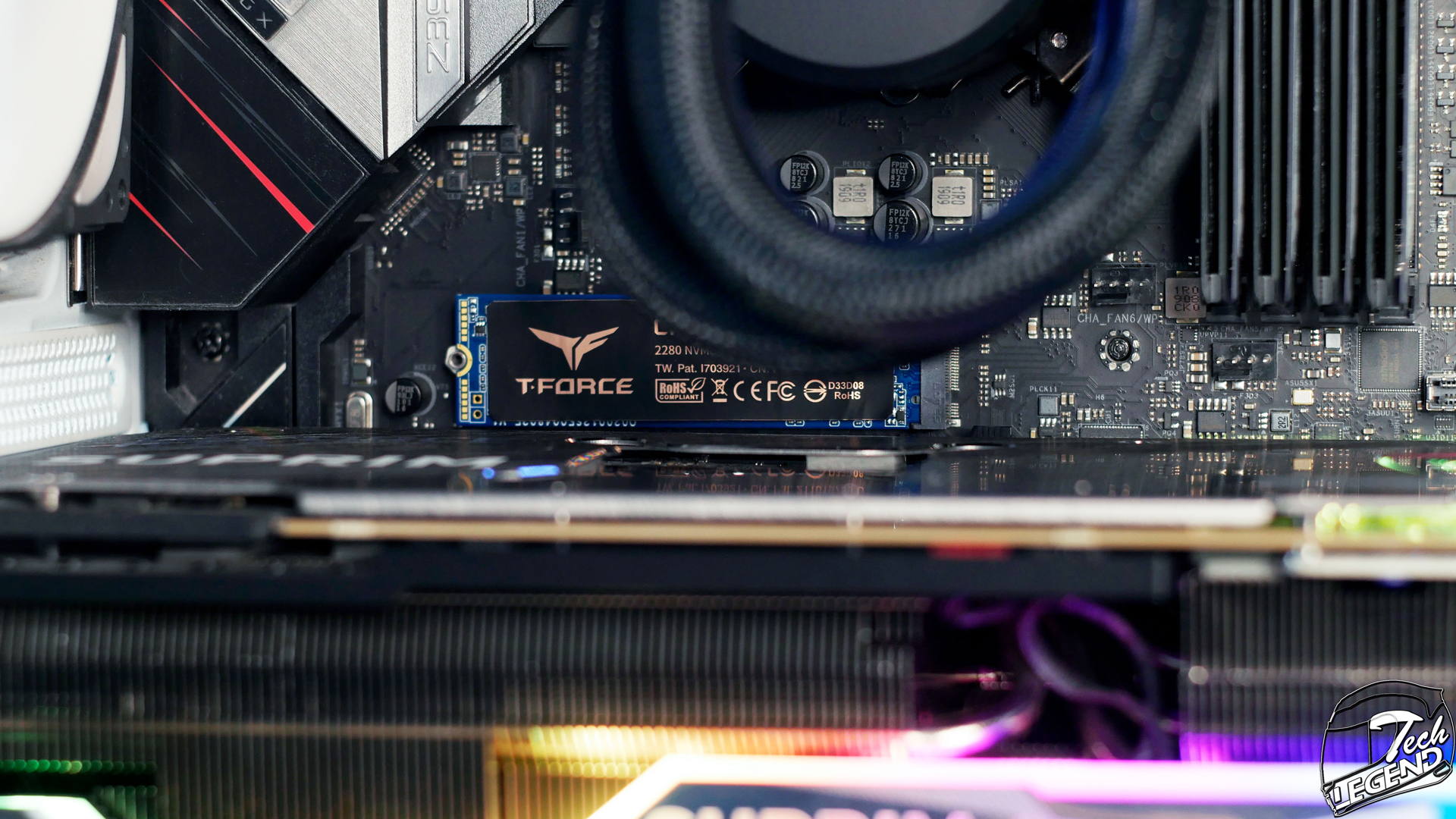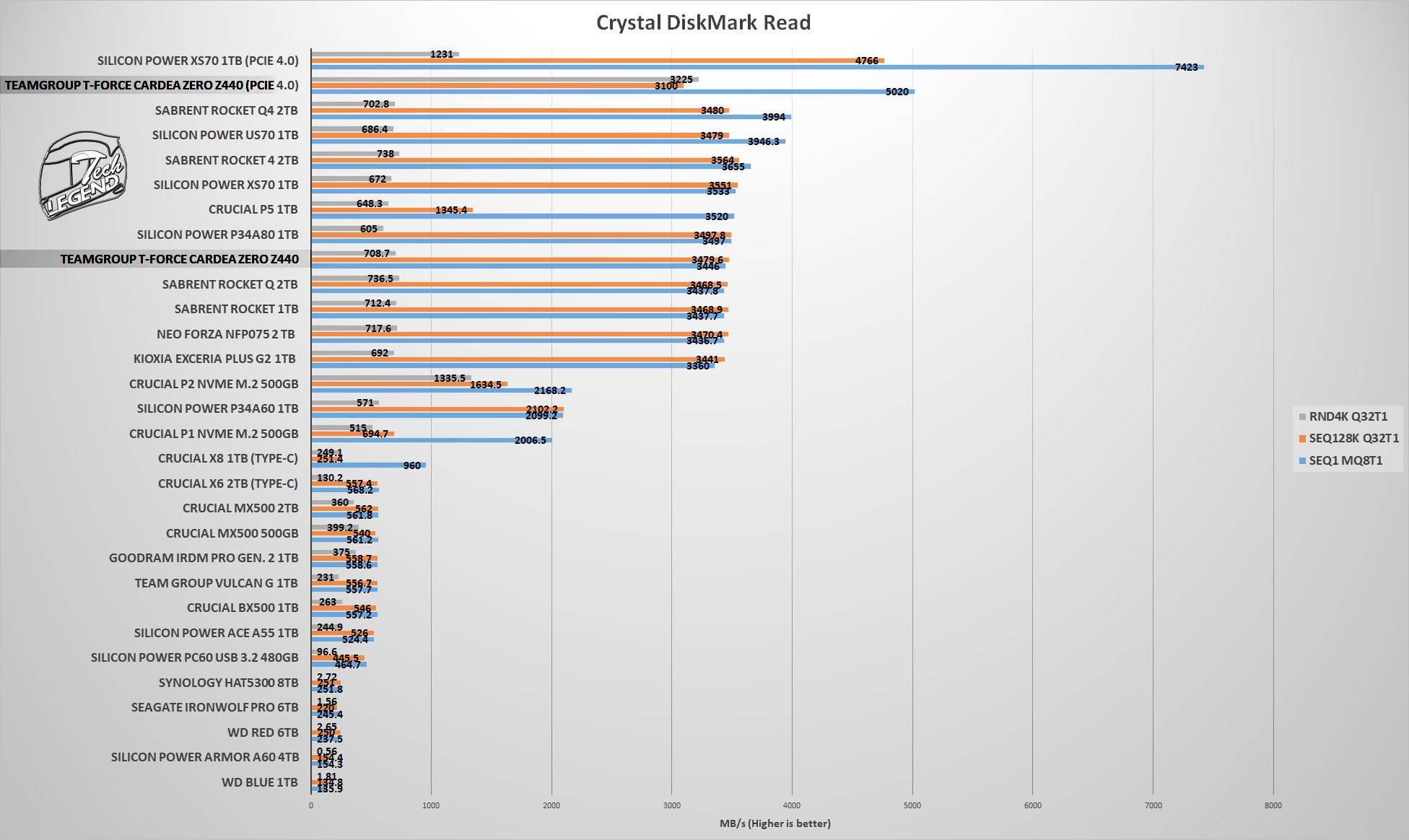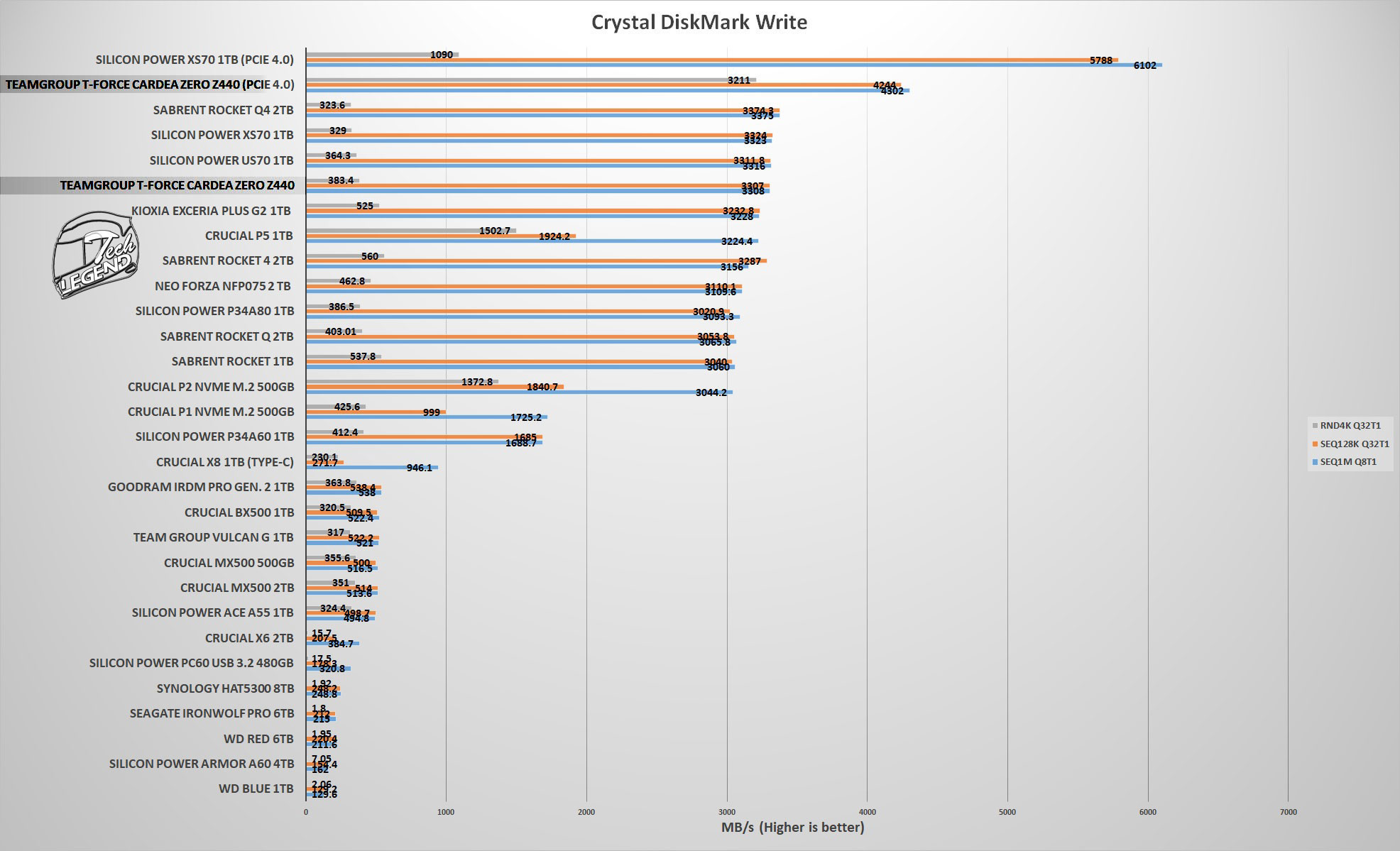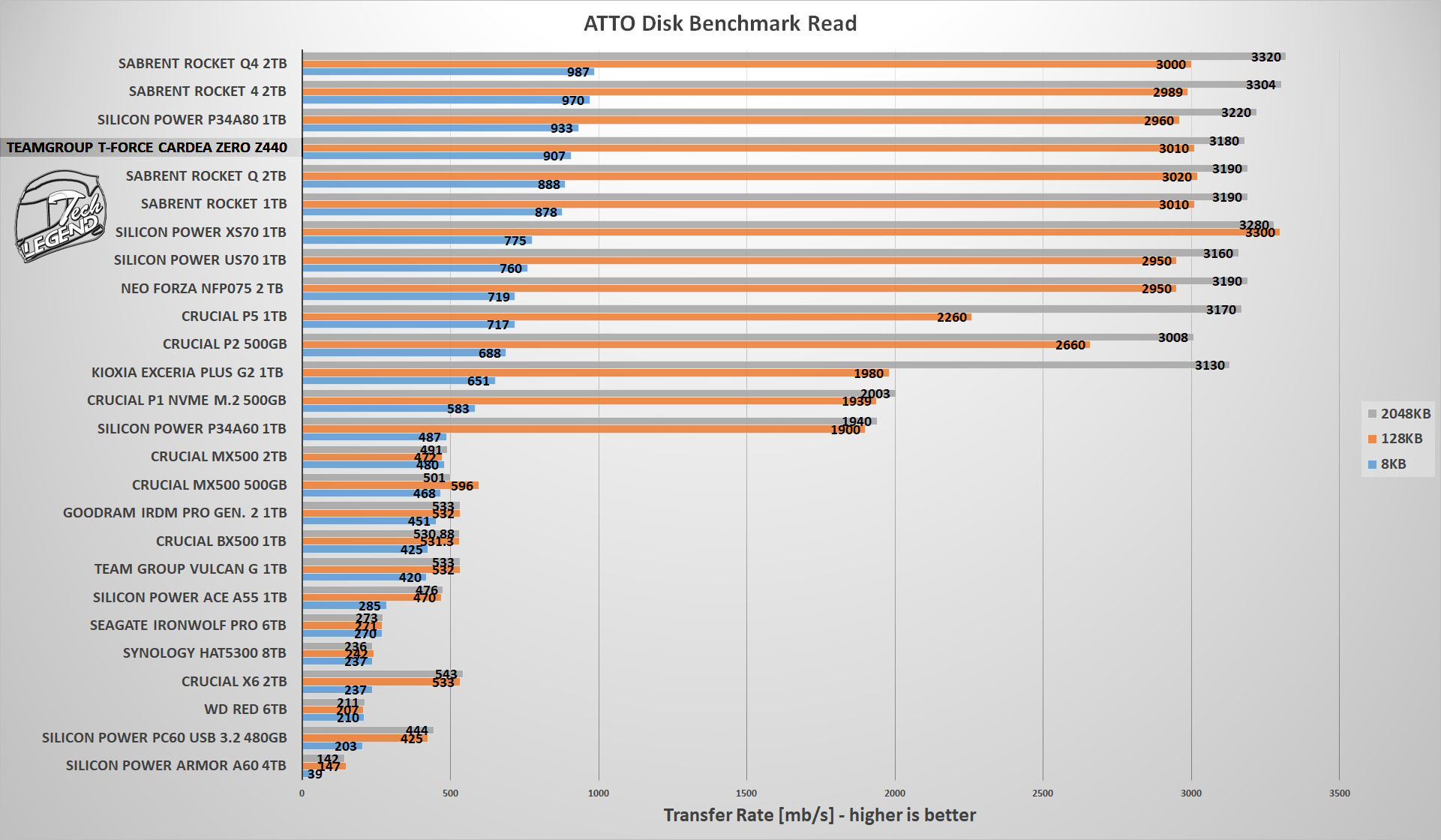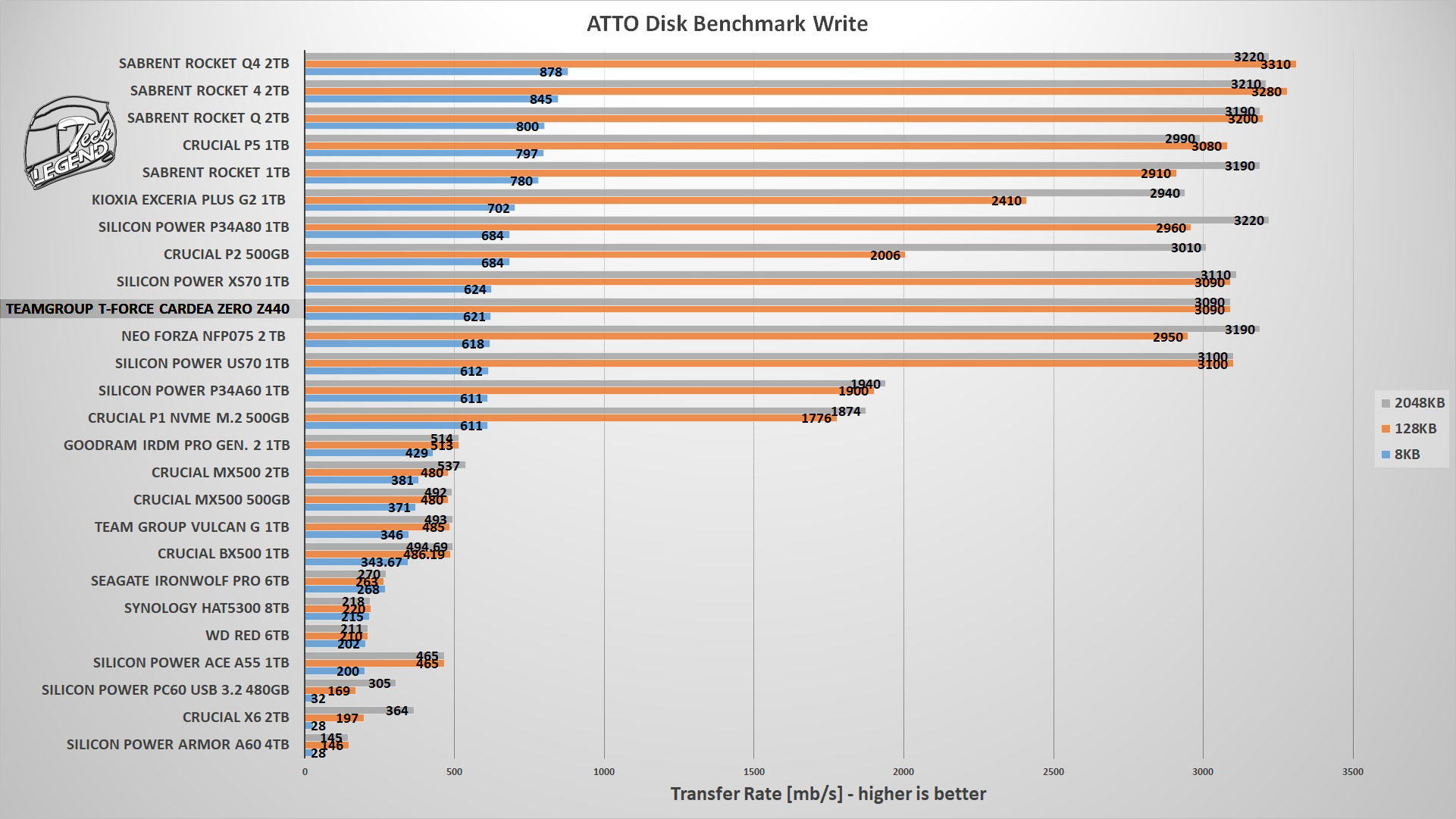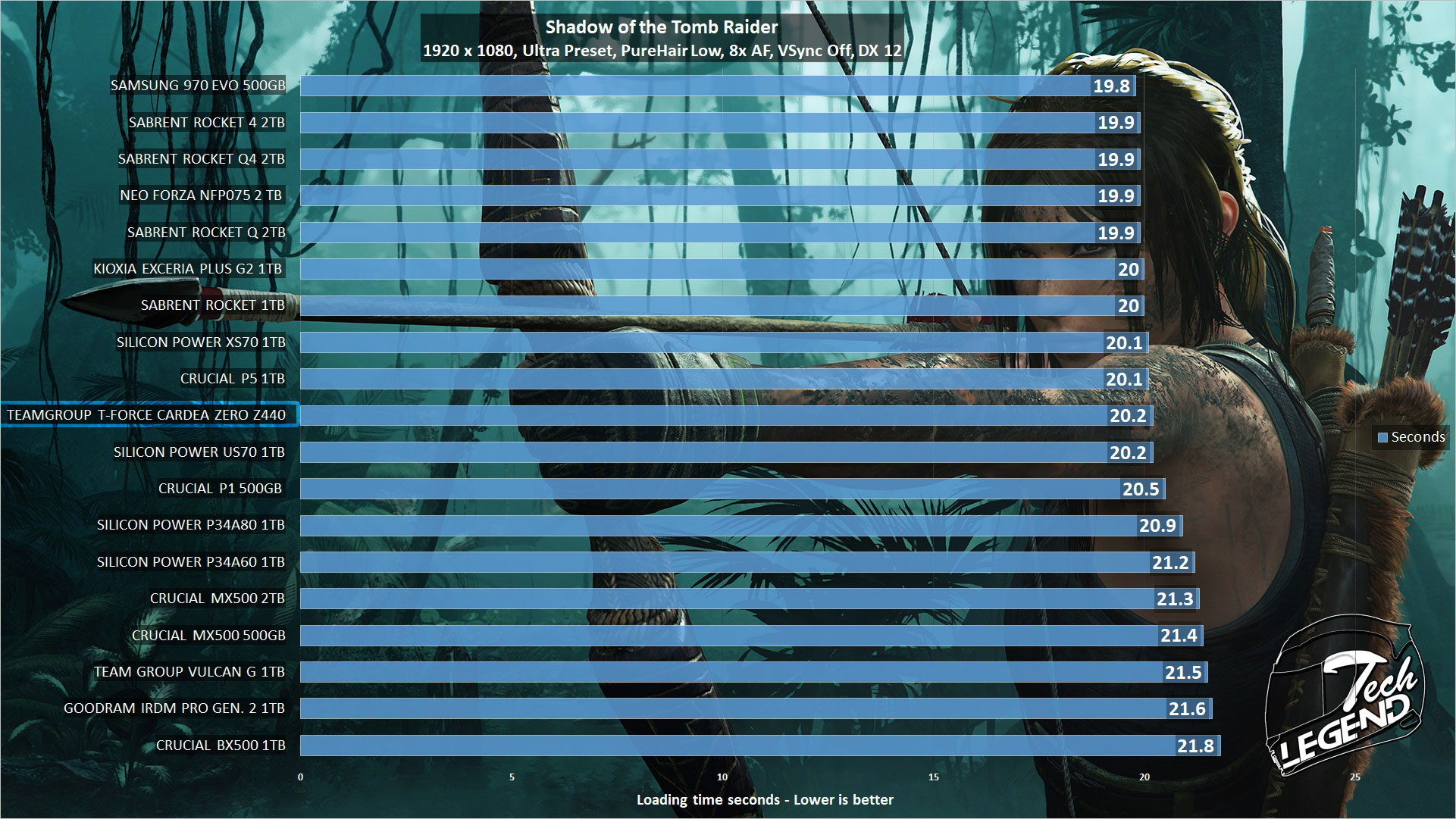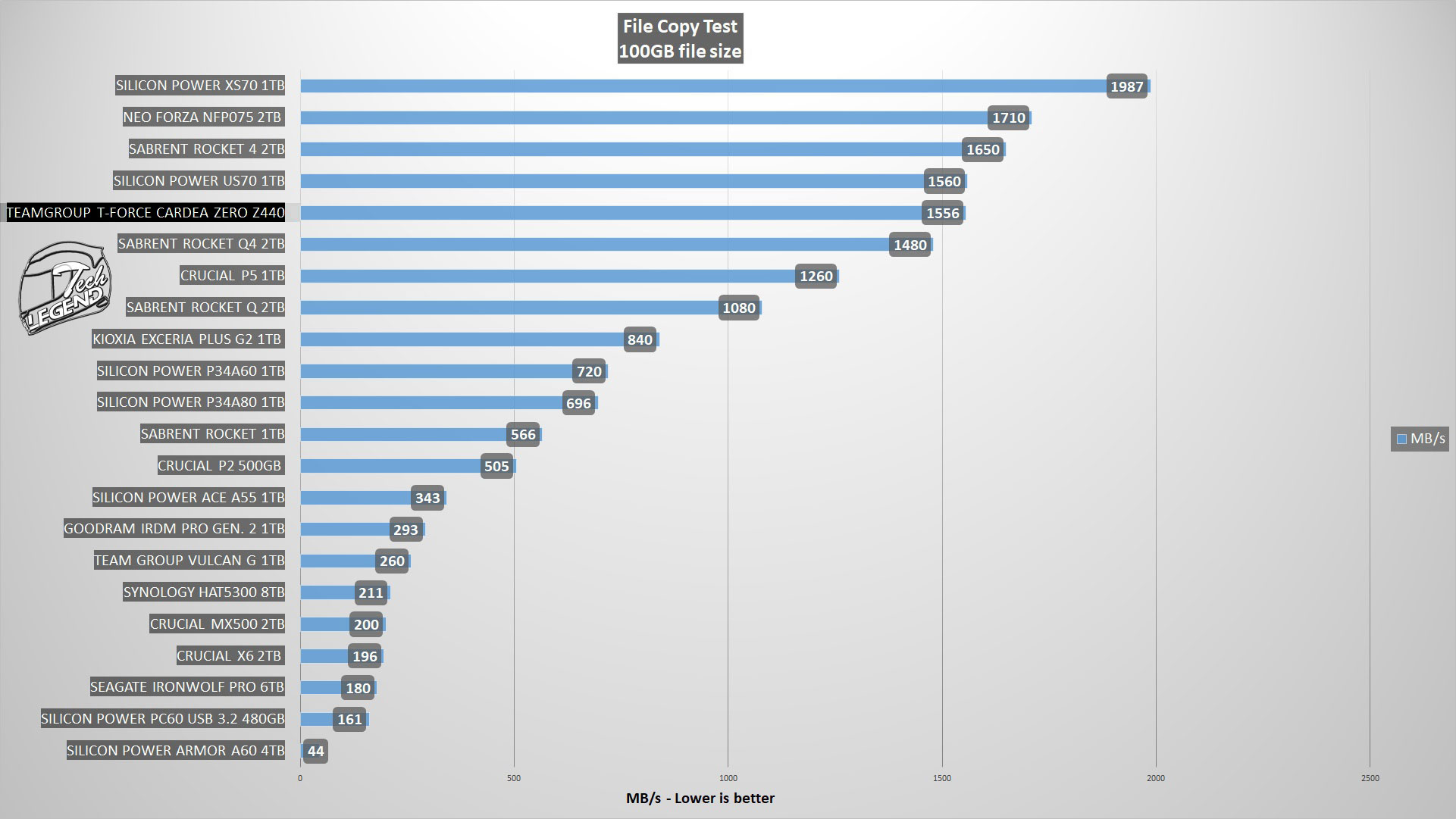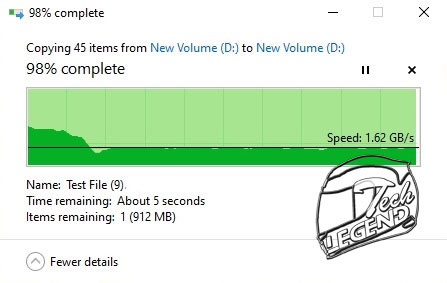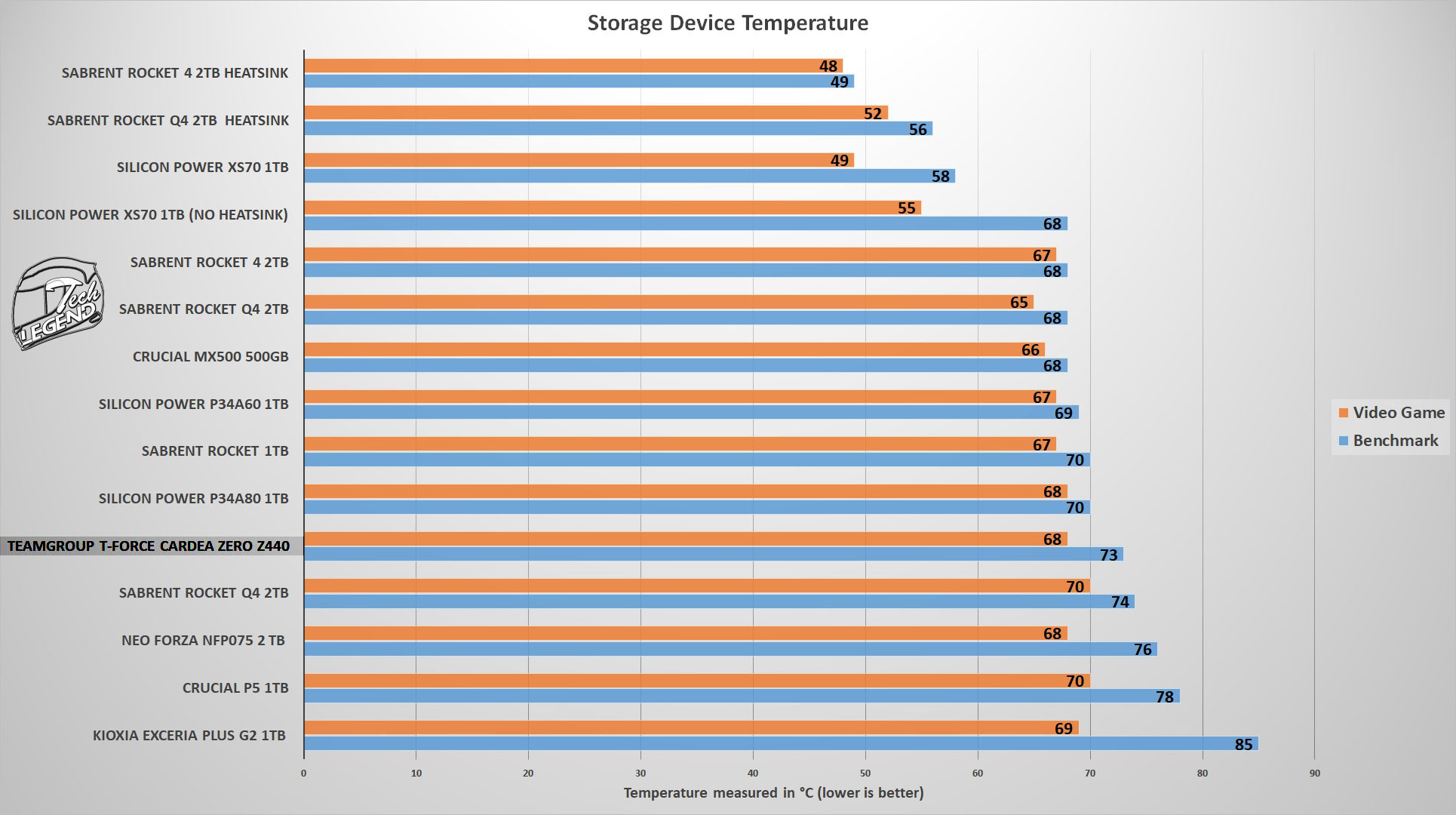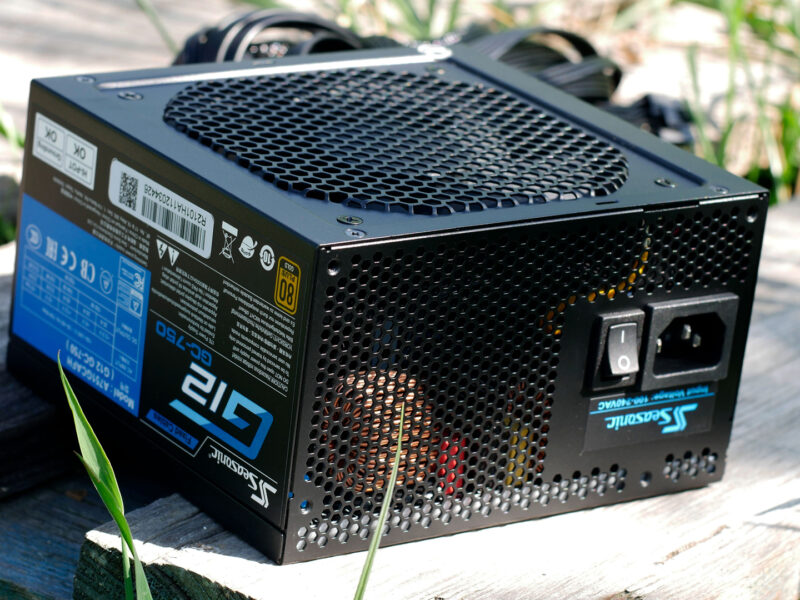Testing
The following system was used to test the SSD
– Processor: Intel i9 9900K @ 5GHz
– Motherboard: ASRock Z390 Phantom Gaming X
– RAM: Neo Forza Faye DDR4 64GB 3600MHz
– GPU: MSI GeForce RTX 3090 Ti Suprim X
– SSD: Crucial P2 500GB
– Mass Storage: Neo Forza NFP075 2TB
– CPU Cooler: Cooler Master Master Liquid 240
– PSU: Seasonic Prime TX-1000 Platinum
– Case: be quiet! Silent Base 802 White
To test the SSD, the following software was used:
– ATTO Disk Benchmark,
– CrystalDiskMark 8,
– Shadow of the Tomb Raider;
– Windows File Copy.
In order to obtain a precise result each test was performed three times.
CrystalDiskMark 8 – Read
CrystalDiskMark 8 – Write
ATTO Disk Benchmark Read
ATTO Disk Benchmark Write
Shadow of the Tomb Raider – Level Loading
File Copy Test
Windows File Copy
Temperature
Final thoughts
The TEAMGROUP T-Force Cardea Zero Z440 is a good choice for both PCIe 3.0 and PCIe 4.0 platforms. This is mainly thanks to its great performance on both platforms even with the limitations present on PCIe 3.0
While the SSD uses a new graphene label to keep the temperatures in check, the SSD still reaches over 70°C with a benchmark running. While the graphene label does a better job than copper, a dedicated heatsink is recommended with the T-Force Cardea Zero Z440.
The build quality is great, with this SSD, Team Group opted for a Phison made controller and Toshiba memory chips. The 1GB DDR4 DRAM cache is made by SK Hynix.
The highlight of the T-Force Cardea Zero Z440 is the real-world performance. With a simple file copy test, the SSD maintained a speed of 1.5GB/s with a total file size of 100GB. Not many M.2 SSDs can do this with such ease.
The endurance is another key factor for M.2 SSDs, especially for users that either work with video rendering or move a lot of data in one go. The T-Force Cardea Zero Z440 has an endurance rating of 1,800TB written and is backed up by a 5-year warranty.
In conclusion, the TEAMGROUP T-Force Cardea Zero Z440 is a good M.2 SSD that is best used on a PCIe 4.0 platform. However, even on PCIe 3.0, it will perform good in both benchmarks and real-world usage. The main issue with this SSD is the temperature as it needs a heatsink to stay cool even with the graphene label.



